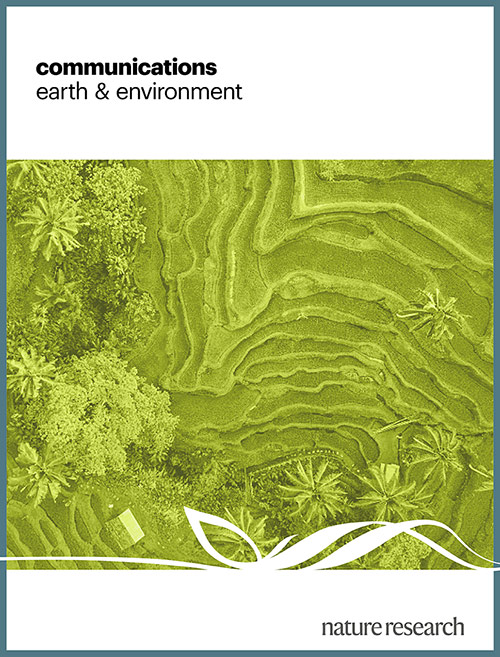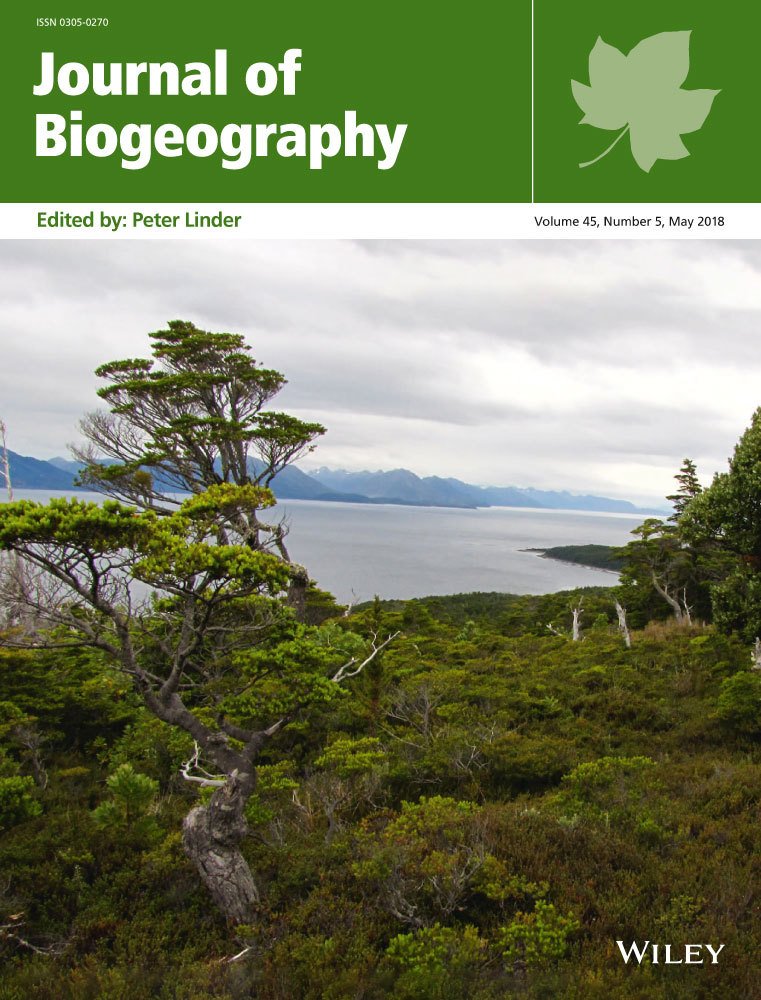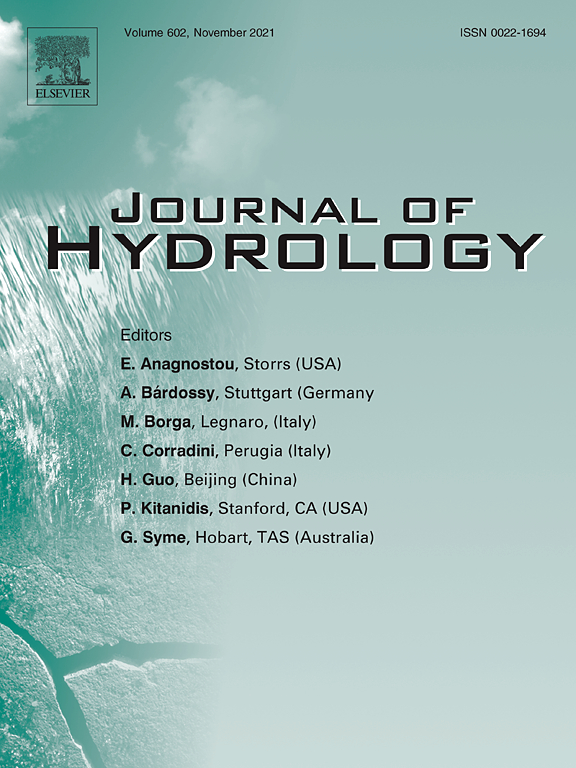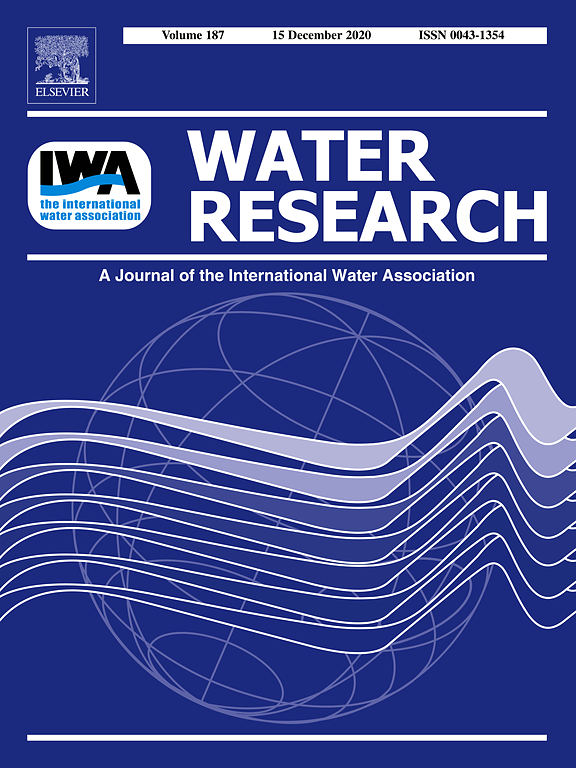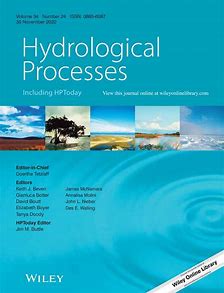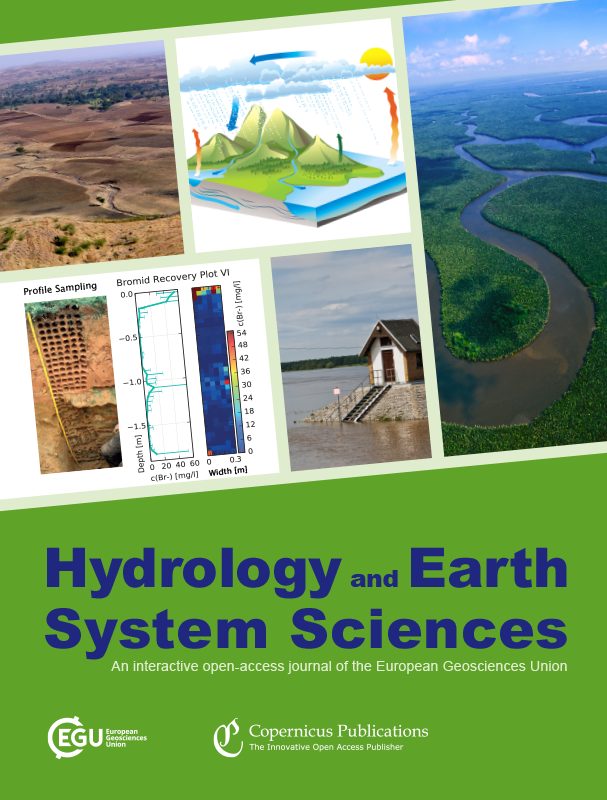- Department:(Dept. 1) Ecohydrology and Biogeochemistry
Changing pattern of water level trends in eurasian endorheic lakes as a response to the recent climate variability
To address the large-scale patterns of hydrological response to the climate change, we investigated the variability of levels in 15 Eurasian lakes. Satellite altimetry revealed a heterogeneous pattern among different regions of the worldwide largest endorheic area: lake levels increased significantly in Central Asia and the Tibetan Plateau but decreased on the Mongolian Plateau.
An automatic method to detect lake ice phenology using MODIS daily temperature imagery
The authors developed a new method of satellite data processing for lake ice determination and applied it to investigation of ice regime on Chinese lakes. The method allowed to obtain estimates of the climate driven trends in ice phenology including the duration of transitional periods of partial ice coverage.
Carbon dioxide fluxes increase from day to night across European streams
The authors' aim was to evaluate the magnitude and drivers of stream CO2 flux variations at the water-air interface between day and night across European streams. The majority of streams had higher CO2 fluxes during night. However, no consistent driver could be identified across streams. Measuring night-time fluxes is necessary to not underestimate global CO2 emissions from inland waters.
Abundance and biogeography of methanogenic and methanotrophic microorganisms across European streams
The authors aimed at describing community composition of methanogenic and methanotrophic microorganisms at large spatial scale and at linking their abundances to potential sediment methane production and oxidation rates. Diversity of methanogenic archaea was higher in warmer streams and diversity of methanotrophic communities was higher at southern sampling sites and in larger streams.
A meta-analysis based review of quantifying the contributions of runoff components to streamflow in glacierized basins
How do estimates for runoff contributions in glaciated catchments differ when estimated with different methods? A meta-analysis of 143 studies shows that the definition of runoff contributions is crucial, leading to rain and snow contributions to runoff estimated with a tracer-based approach being on average 9-14% lower than when determined by hydrological modelling.
Determining hyporheic removal rates of trace organic compounds using non-parametric conservative transport with multiple sorption models
The authors introduced a novel numerical modelling framework that provides reactive parameter estimates of contaminant transformation reactions with high parameter identifiability and informs dominant transformation pathways for joint parent daughter simulations in river sediments. The findings highlight that the daughter reaction rate may be underestimated if its parent transformation is ignored.
Isotope hydrology and water sources in a heavily urbanized stream
The authors studied Isotopes in Berlin’s Panke catchment to understand stream flow sources. Groundwater dominated the upper catchment, but ~90% of flow in the lower catchment was treated waste water. High flows were generated from urban drains. The stream has unnatural hydrological and chemical regimes with restoration needed for improved ecology.
Eukaryotic rather than prokaryotic microbiomes change over seasons in rewetted fen peatlands
The authors investigated the seasonal dynamics in prokaryotic and eukaryotic microbiomes in three common fen types in Northern Germany. The eukaryotic microbiomes showed significant changes in their community structures across the seasons in contrast to largely unaffected prokaryotic microbiomes. The dynamics in eukaryotic microbiomes in the rewetted sites differed between fen types.
Rewetting does not return drained fen peatlands to their old selves
Rewetted peatlands have the potential to fulfil the restoration goals including those targeting climate change mitigation, water quality protection, and species conservation. However, due to heavy soil changes their restoration cannot be expected in short-term. Data analyser of several hundred natural and degraded peatlands have shown that it might last decades before they become fully recovered.
Structural changes to forests during regeneration affect water flux partitioning, water ages and hydrological connectivity: insights from tracer-aided ecohydrological modelling
The authors used an isotope-based ecohydrologic model to assess the hydrological impacts of “re-wilding” in the Scottish Highlands by increasing Scots Pine forests for biodiversity conservation. They found forests will “use” more water through evapotranspiration which may initially decrease summer low flows and summer floods, though a natural hydrological regime will be restored after ~100 years.



